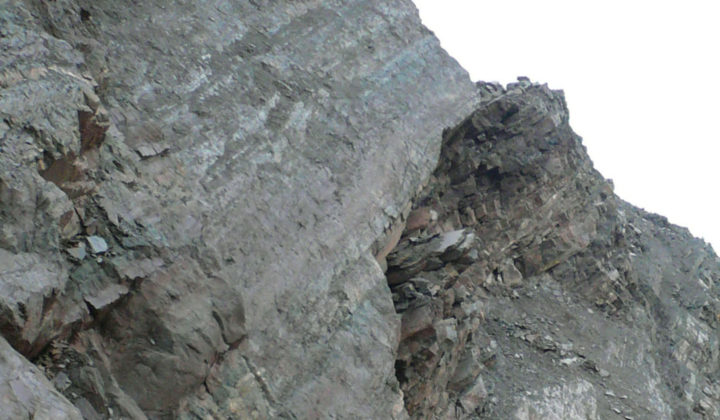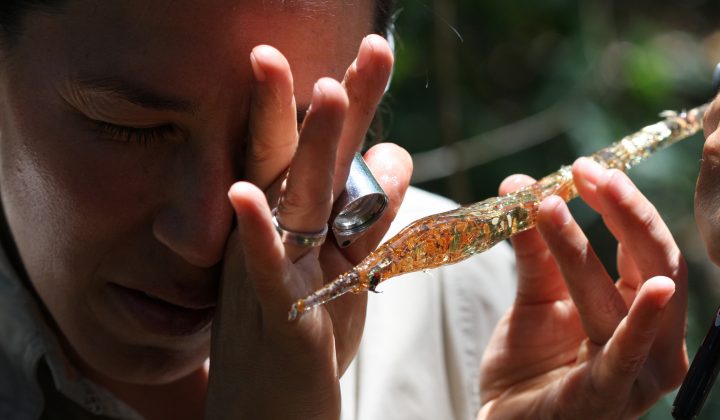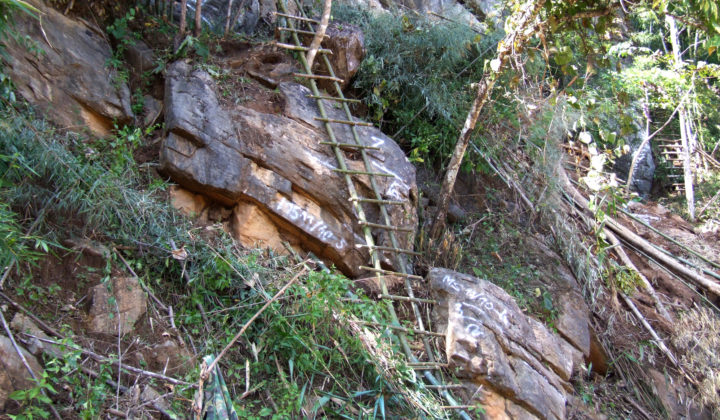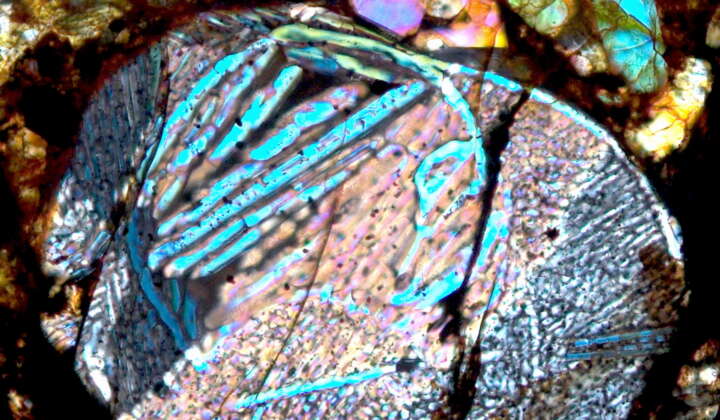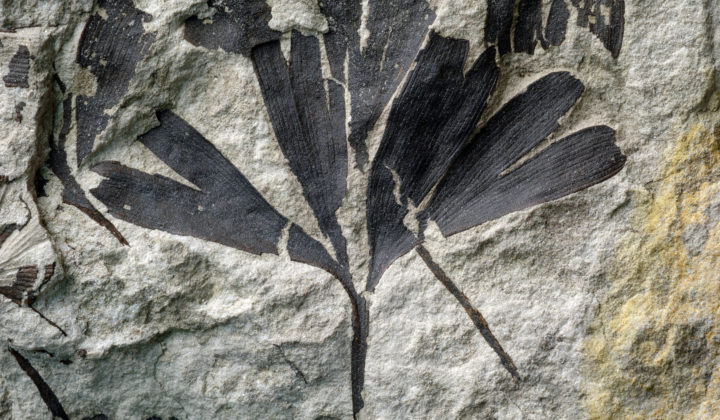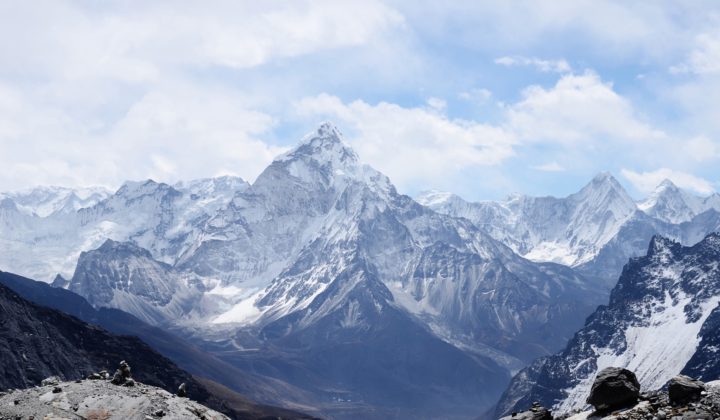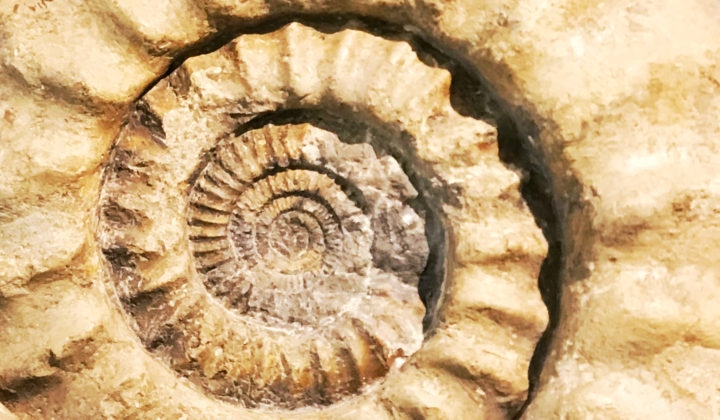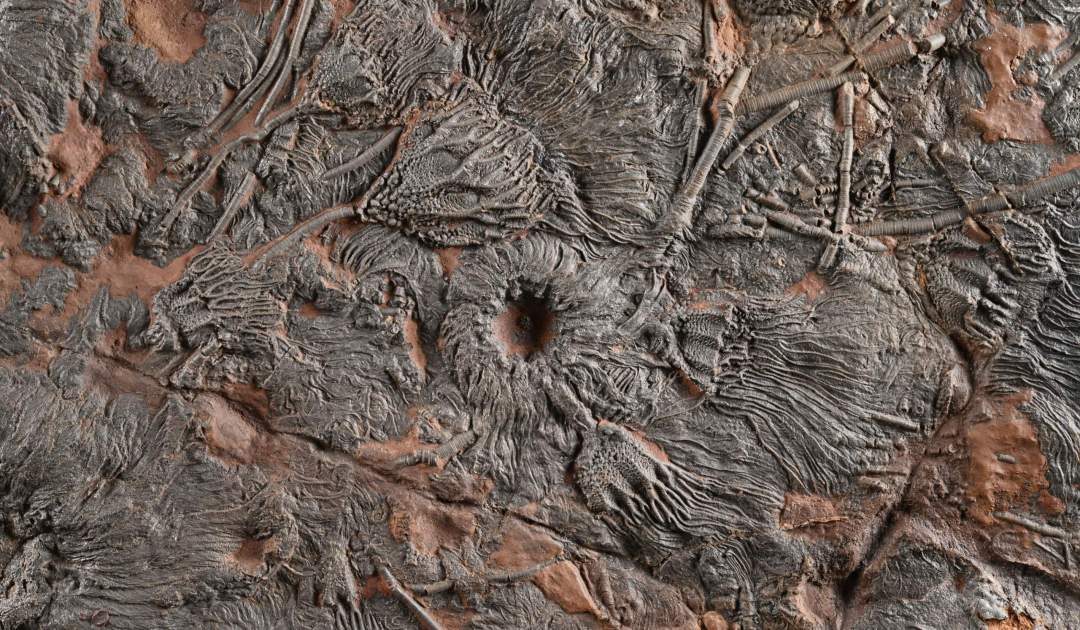
Ansprechpartner
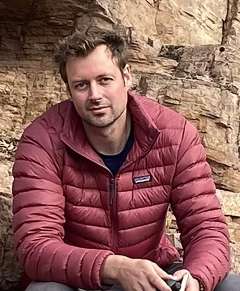
Ich bin Geobiologe und Paläontologe mit einem Forschungsprogramm, das sich auf das Verständnis großer Veränderungen in der Komplexität der Systeme von Erde und Leben konzentriert. Unsere Gruppe befasst sich mit einer Vielzahl von Themen. Im Moment konzentrieren wir uns jedoch auf die Erforschung der Entwicklung, der Ökologie und des Verschwindens einiger der ältesten komplexen Eukaryoten (die „Ediacara-Biota“), die Ursachen und Folgen von Massenaussterbe-Ereignissen und die biogeografischen Reaktionen von Taxa auf große Intervalle des globalen Wandels. Außerdem sind wir derzeit Teil einer großen, von der NSF finanzierten Gruppe, die die Rolle von „Ökosystem-Ingenieuren“ – Organismen, die ihre Umwelt physikalisch modifizieren und Rückflussströme verändern – bei der Kontrolle von Prozessen der Gemeinschaftsbildung erforschen will, und was uns dies über die Auswirkungen menschlicher Aktivitäten auf die globale Biosphäre sagen könnte. Unsere Arbeit ist notwendigerweise interdisziplinär und verbindet Aspekte der Biologie, Ökologie und Geologie. Die Mitglieder unseres Labors führen Feldforschungen in der ganzen Welt durch, zuletzt in Südafrika, Namibia, Kanada und auf den Bahamas.
Siehe auch darrochlab.org



